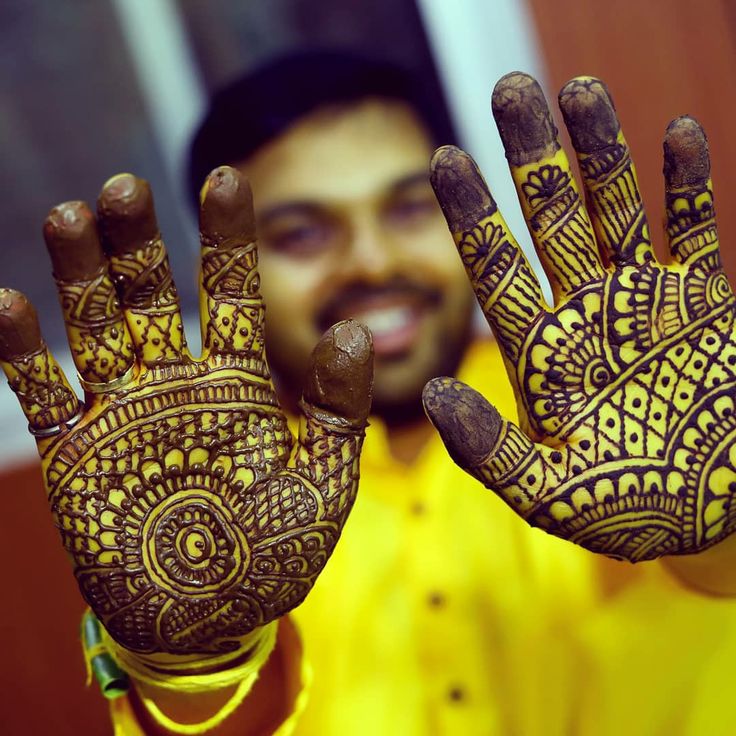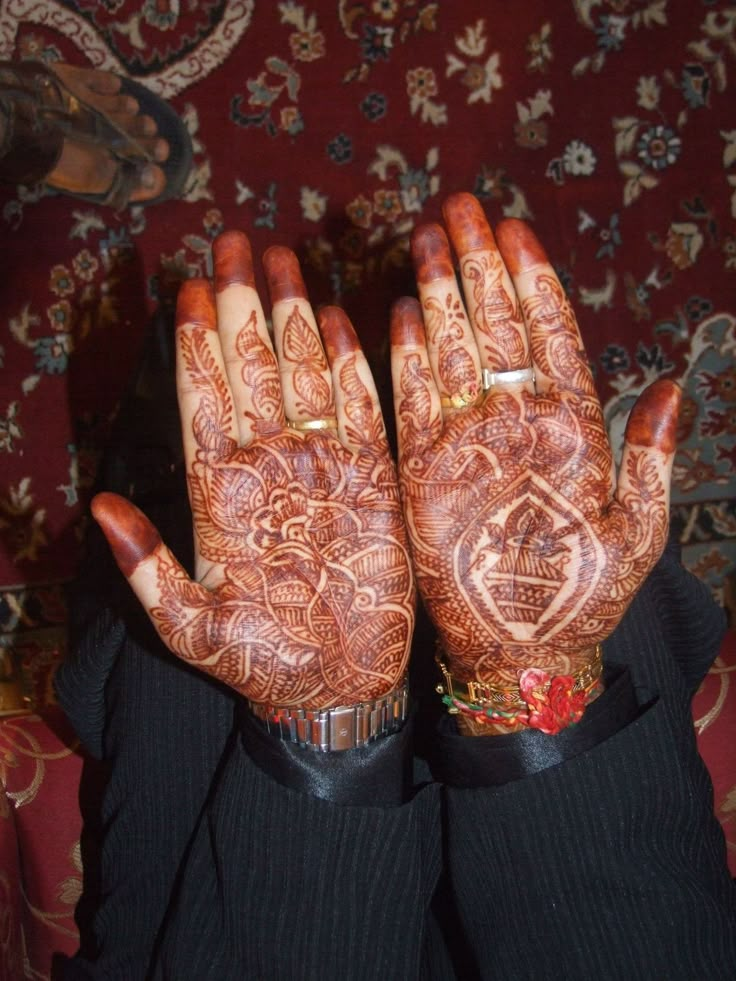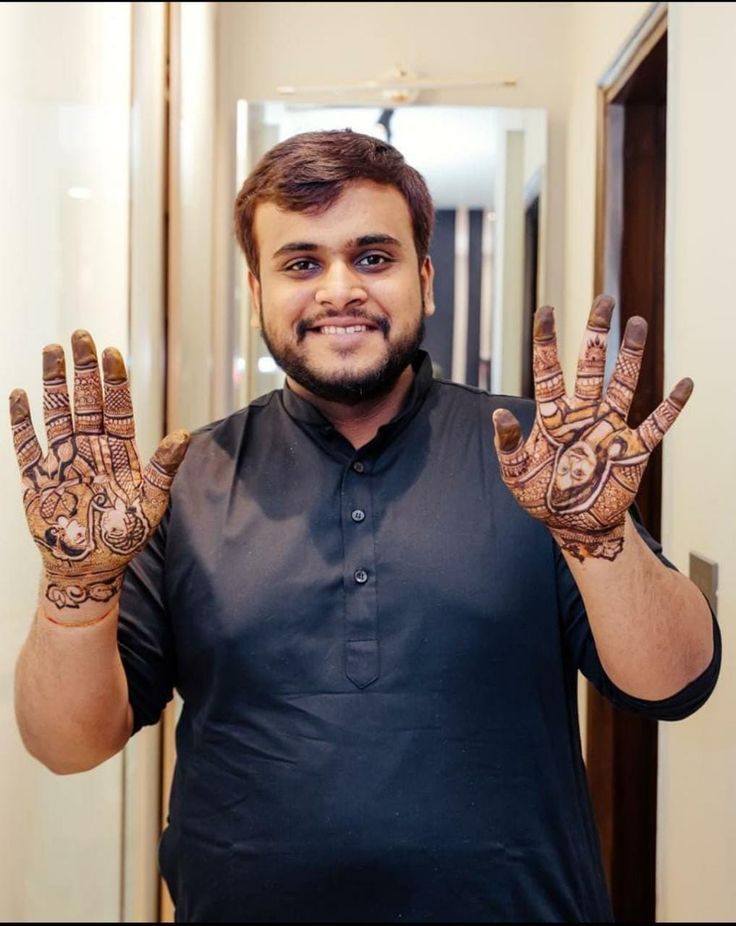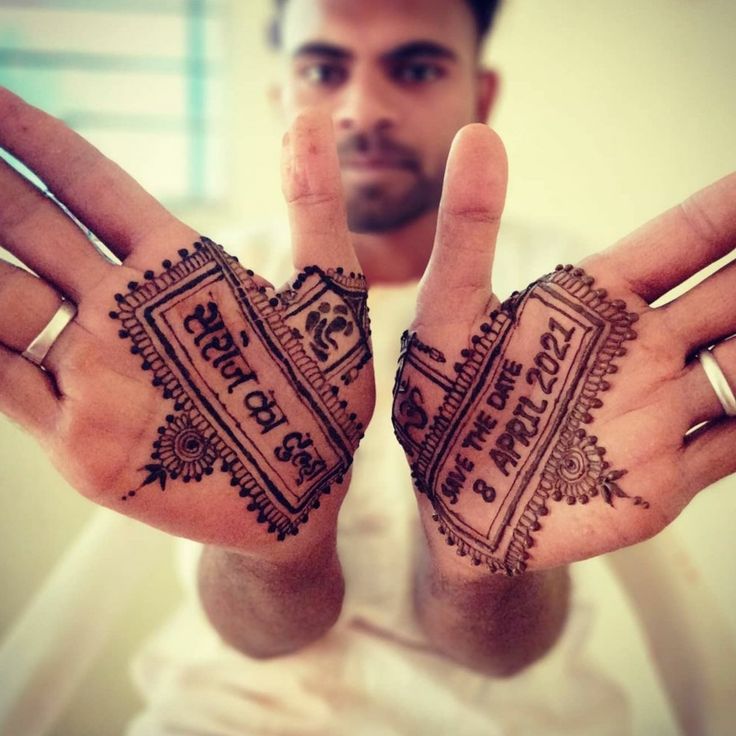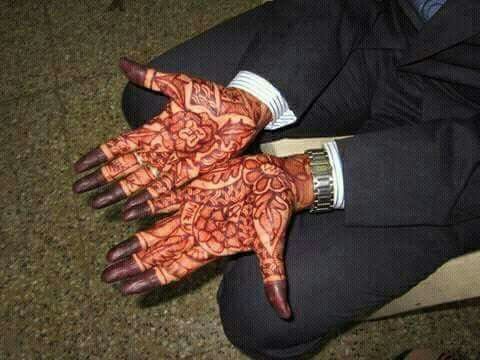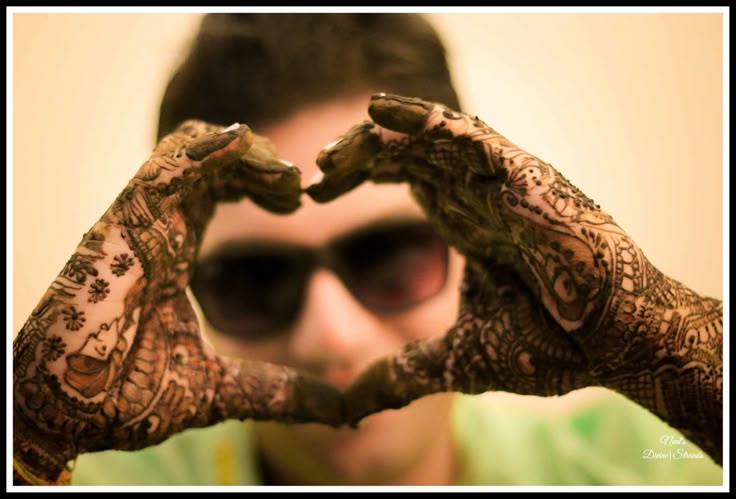Introduction to Gents Mehndi
It has historically played a significant role in a number of cultural rituals and festivities, mostly involving women. Men’s mehndi is not a brand-new custom, either; it has historical roots and has developed throughout time in South Asian societies.
Men used mehndi for a variety of objectives in the past, such as spiritual and therapeutic ones. In certain areas, mehndi was worn by warriors as a symbol of bravery and defence. Over the centuries, the use of henna by men waned, becoming more associated with female beauty rituals. However, as contemporary society loves the art of men’s cone mehndi tattoos, this trend is reversing.
There are a number of reasons why men’s mehndi is becoming more popular. Globalization and the blending of cultures have played significant roles in popularizing this art form beyond traditional boundaries.
Men from a variety of backgrounds are encouraged to experiment with this distinctive form of self-expression by the elaborate designs displayed on social media sites. Additionally, people looking for less permanent alternatives to traditional tattoos are drawn to mehndi’s natural, transient quality.
Understanding Cone Mehndi
Over time, men’s mehndi, a traditional body art technique, has changed dramatically. Cone mehndi has become a popular way to create intricate and precise designs.
Applying henna paste with a cone-shaped applicator, which offers more control and precision than other techniques, is known as cone mehndi. This method is very popular since it can create intricate, precise patterns that are highly prized in the world of body art and tattoos for men.
Popular Mehndi Designs For Men
Over time, men’s mehndi has undergone a substantial transformation, with designs becoming more adaptable and geared toward masculine aesthetics. Sharp lines, angles, and symmetrical shapes that exude precision and order are common in these designs. These designs are popular among men since they are not only aesthetically pleasing but also convey a sense of sophistication and modernity.

